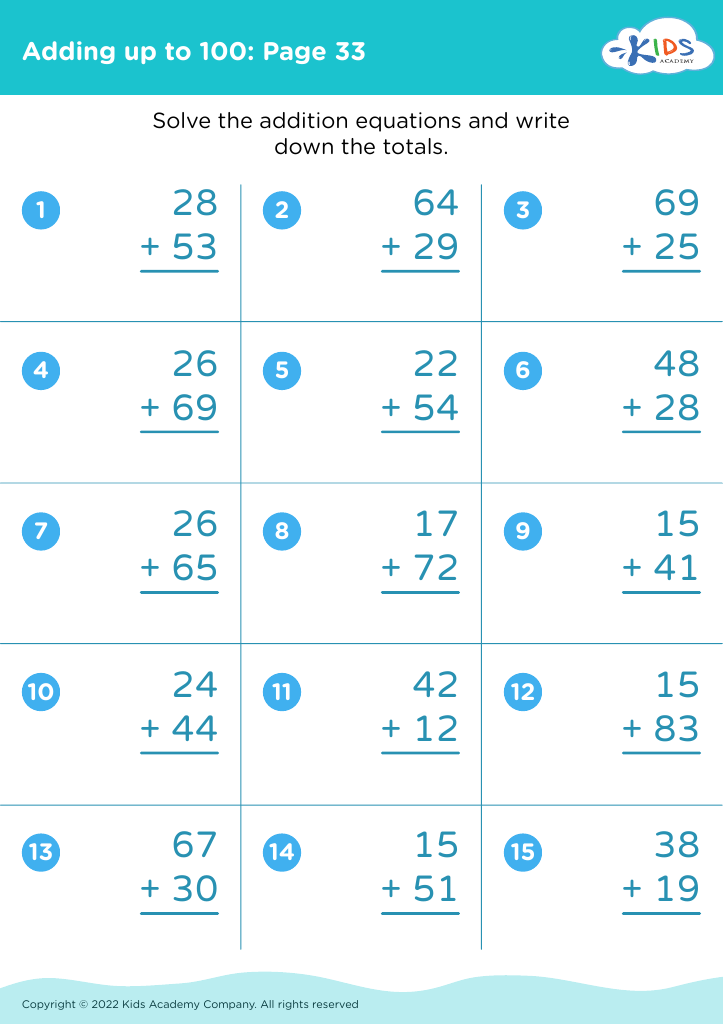Calculating time difference Worksheets for Kids
1 filtered results
-
From - To
Question/Answer
How to test a Grade 2 student’s Calculating time difference skills?
To test a Grade 2 student's time difference calculation skills, present them with problems that involve finding the duration between two given times. Start with simple tasks within the same hour or AM/PM and gradually increase complexity.
What are some effective activities to train students’ Calculating time difference skill when teaching them about Adding up to 100 Misc?
To effectively train students in calculating time differences while teaching Adding up to 100, consider these activities: 1. **Time Interval Challenges**: Students calculate the difference between start and end times of various activities. 2. **Real-Life Scheduling**: Creating a daily schedule with specific start and end times for activities, then calculating the duration of each. 3.
How to train the Calculating time difference skill in Grade 2 students learning about Adding up to 100 Misc?
To train Grade 2 students in calculating time differences within the context of adding up to 100, use practical, relatable scenarios like duration of TV shows or time spent on tasks. Incorporate visual aids like clocks, timelines, or number lines. Practice with exercises that involve adding and subtracting time intervals to reinforce understanding and fluency in basic addition and subtraction.













